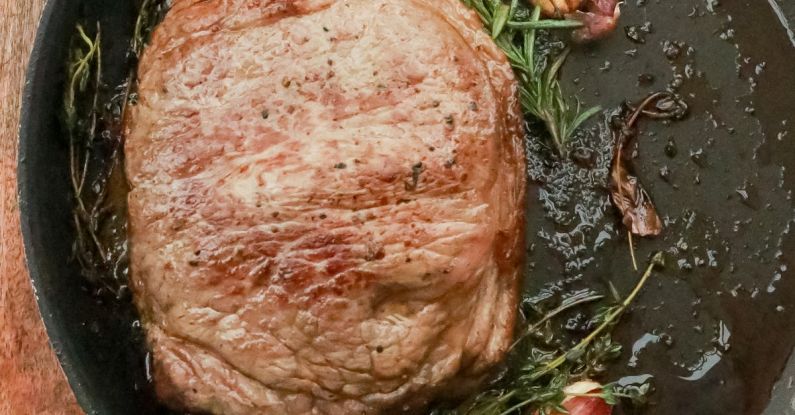
A juicy, perfectly cooked steak is a favorite dish for many meat lovers. However, not all steak cuts are created equal when it comes to their nutritional content. Different types of steaks offer various levels of protein, fats, vitamins, and minerals. Understanding the nutritional variances between steak cuts can help you make informed decisions about your dietary choices. Let’s delve into the differences in nutritional profiles among popular steak cuts.
**Ribeye**
Ribeye steak is known for its rich flavor and tenderness due to its high fat content. While fat content might sound alarming to some, it’s worth noting that not all fats are bad for you. Ribeye steak contains monounsaturated fats, which are considered heart-healthy and can help lower bad cholesterol levels. In addition to healthy fats, ribeye is a good source of protein and essential nutrients such as iron, zinc, and vitamin B12. However, if you are watching your calorie intake, ribeye might not be the best choice as it is one of the fattier cuts of steak.
**Filet Mignon**
Filet mignon, also known as tenderloin steak, is prized for its melt-in-your-mouth texture and lean meat. This cut is low in fat compared to ribeye and other steak cuts, making it an excellent option for those looking to reduce their saturated fat intake. Despite being lower in fat, filet mignon is still a good source of protein and essential nutrients, including iron and vitamin B12. While it may lack the richness of a ribeye, filet mignon offers a more subtle flavor that many steak enthusiasts appreciate.
**New York Strip**
The New York strip, also called a strip steak, is a popular choice for those who enjoy a balance of flavor and tenderness. This cut comes from the short loin of the cow and offers a good mix of marbling and lean meat. New York strip steak is rich in protein and contains essential nutrients such as iron, zinc, and vitamin B12. While it is moderately fatty compared to filet mignon, it is still leaner than ribeye, making it a versatile option for various dietary preferences.
**T-Bone**
The T-bone steak is a combination of two cuts: the tenderloin and the strip loin, separated by a T-shaped bone. This steak offers the best of both worlds, with one side being tender and lean (tenderloin) and the other side being flavorful and slightly fattier (strip loin). T-bone steak is a good source of protein and essential nutrients, but its nutritional content can vary depending on the ratio of lean meat to fat. If you enjoy a mix of textures and flavors in your steak, the T-bone might be the perfect choice for you.
**Sirloin**
Sirloin steak is a versatile cut that comes from the rear back portion of the cow. It is leaner than ribeye but contains more fat than filet mignon. Sirloin steak is a good source of protein and essential nutrients such as iron and zinc. While it may not be as tender as other cuts, sirloin offers a robust beefy flavor that many steak lovers appreciate. If you are looking for a balance between flavor and leanness, sirloin steak is a solid option to consider.
**Choosing the Right Steak for You**
When it comes to selecting a steak cut, it ultimately comes down to personal preference and dietary needs. If you are watching your fat intake, leaner cuts like filet mignon or sirloin might be more suitable. On the other hand, if you enjoy the flavor and richness that comes with marbled fat, ribeye or New York strip could be the perfect choice for you. Experimenting with different cuts can help you discover your favorite steak that not only satisfies your taste buds but also meets your nutritional requirements.
**In Summary**
Each steak cut offers a unique nutritional profile, from the lean tenderness of filet mignon to the rich marbling of ribeye. By understanding the differences in fat content, protein levels, and essential nutrients among popular steak cuts, you can make informed choices that align with your dietary goals and preferences. Whether you prefer a melt-in-your-mouth filet mignon or a flavorful ribeye, there is a steak cut out there to satisfy every palate. Enjoy the journey of exploring different steak cuts and discovering the one that best suits your taste and nutritional needs.





